This one wasn’t exactly your traditional urban explore… it was actually an organised tour that you buy tickets for and everything. But it was a very good tour for reasons I’ll come back to in a bit.
Manchester has quite a few canals and they’re particularly visible around the regenerated Castlefield area, where old basins are criss-crossed by railway viaducts and original canal buildings have been converted to smart new flats and bars. But one canal, right in the city centre, is hardly visible at all, though it’s very much still there: the Manchester and Salford Junction Canal.
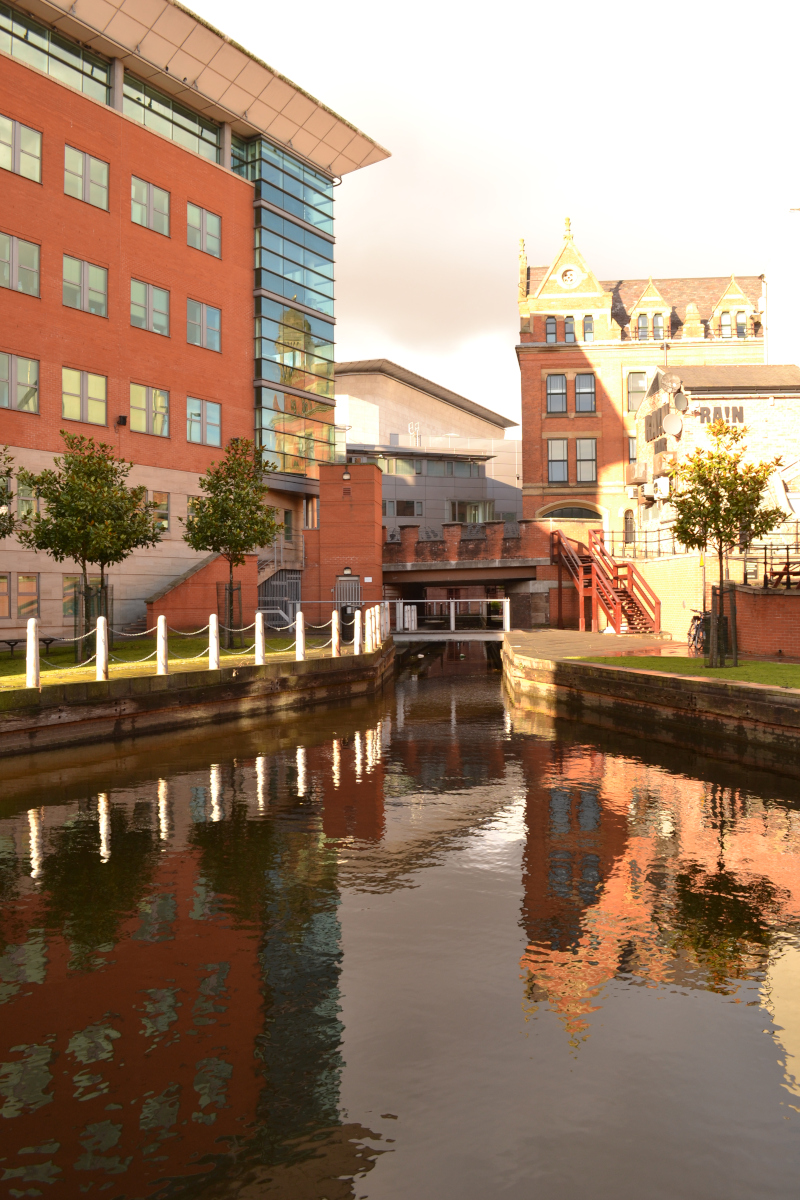
Manchester and Salford Junction Canal branching off the Rochdale Canal
This canal was opened in 1839 to connect the Rochdale Canal (near Great Bridgewater Street) with the River Irwell (just below what is now the Granada Studios site). It wasn’t particularly successful and was closed in 1922. Today, the only obvious remains are the entrance lock where it used to join the River Irwell, and another short stub leading off the Rochdale Canal. But, hidden from view deep below the Great Northern Goods Warehouse and Granada TV Studios, a huge section of canal tunnel survives.
The Great Northern Warehouse, which previously stood empty and derelict for decades, has now been redeveloped into a major leisure complex with a casino, a health club and bars. It was through an unassuming door in this building that we entered the tunnel. Behind the door, a metal staircase spirals down into the depths of the earth, leading to a small side-tunnel, which in turn leads into the main tunnel.
I was amazed at the size of this tunnel compared to all the other canal tunnels I’ve seen. It really is huge, much higher and wider than most. It no longer looks very much like a canal tunnel; it was extensively modified for use as an air raid shelter during World War II. Like Scotland Street Tunnel in Edinburgh, blast walls and brick blocks of toilet cubicles have been added, so the tunnel is now divided into sections.
After a quick talk from the guide and a poke around in the toilet blocks (no toilets in there now, just empty cubicles) with our torches, we moved into the eastern section of the tunnel, towards the Rochdale Canal. This had an even higher ceiling, with crumbling brick arches far overhead, and a large brick construction in the middle that was probably part of one of the machines for lifting goods from the canal up to the warehouse. A ladder in the corner showed how impressively far underground we were. On the surface it comes out at a very ordinary looking locked manhole cover, giving no indication of the subterranean world that exists down below!
Then it was time to explore the western end of the tunnel, towards Granada Studios and the River Irwell. This bit was mostly smaller although still comfortably big enough for our group of probably 20-30 people. We saw staircases, now blocked off, leading upwards – these would have been entrances to the air raid shelter – and graffiti from the early 80s. At that time the whole tunnel complex and the warehouse above would have been completely derelict. After a while we were prevented from going any further by water, several feet deep, which has accumulated in the canal channel. Apparently there is another entrance to the tunnel at the other side of the water, exiting into Granada Studios somewhere near the Coronation Street set!
What I liked about this tour (and also made me slightly surprised that it’s allowed, from a health and safety perspective) was that very little seems to have changed down there since the WWII developments. There is electric lighting in the central chamber, but in the other sections you’re entirely reliant on torch light. There are piles of rubble, the floor is strewn with bricks and shallow pools of water in places, the old platform that once formed the towpath sits unprotected. It hasn’t been sanitised and fitted with emergency lighting, wheelchair ramps and barriers. We were also allowed to go and poke around in any of the accessible rooms – nowhere was off-limits except the places that would be physically impossible to get to without a boat or a pneumatic drill. The whole thing felt like a very authentic experience – not quite the same as “real” urban exploring, but the next best thing :).

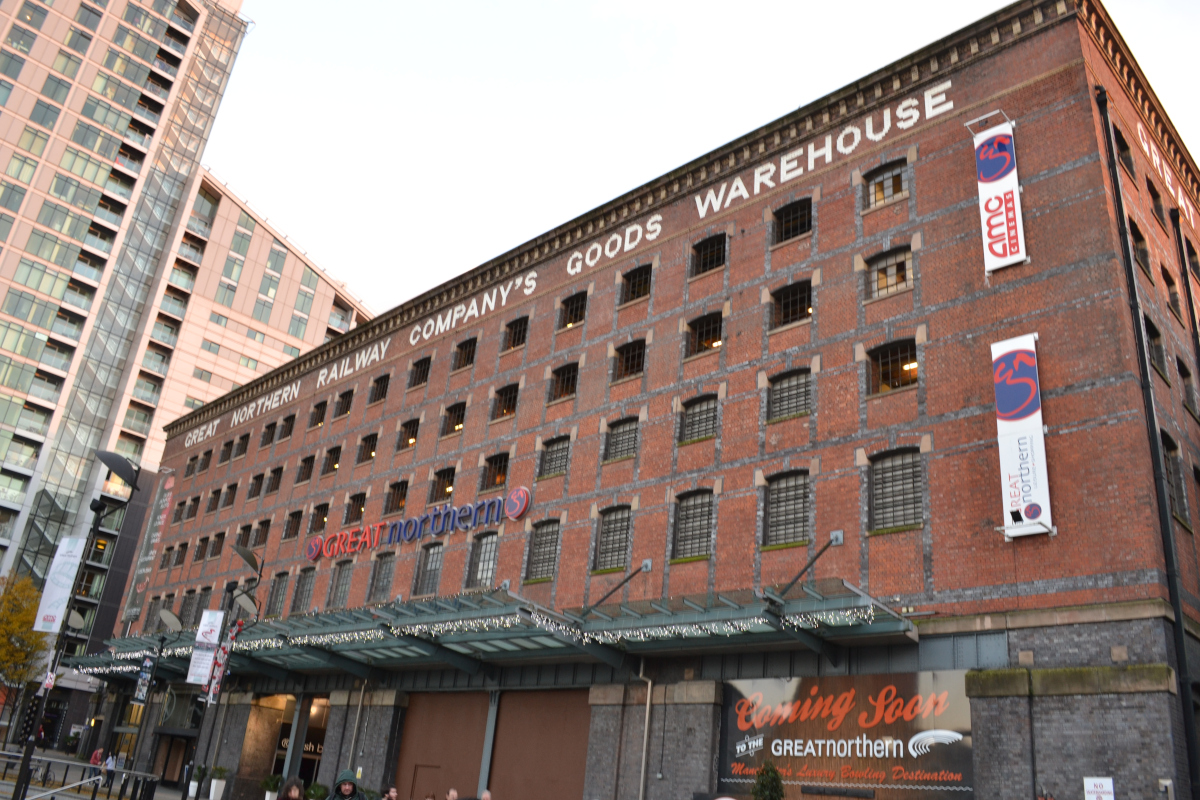
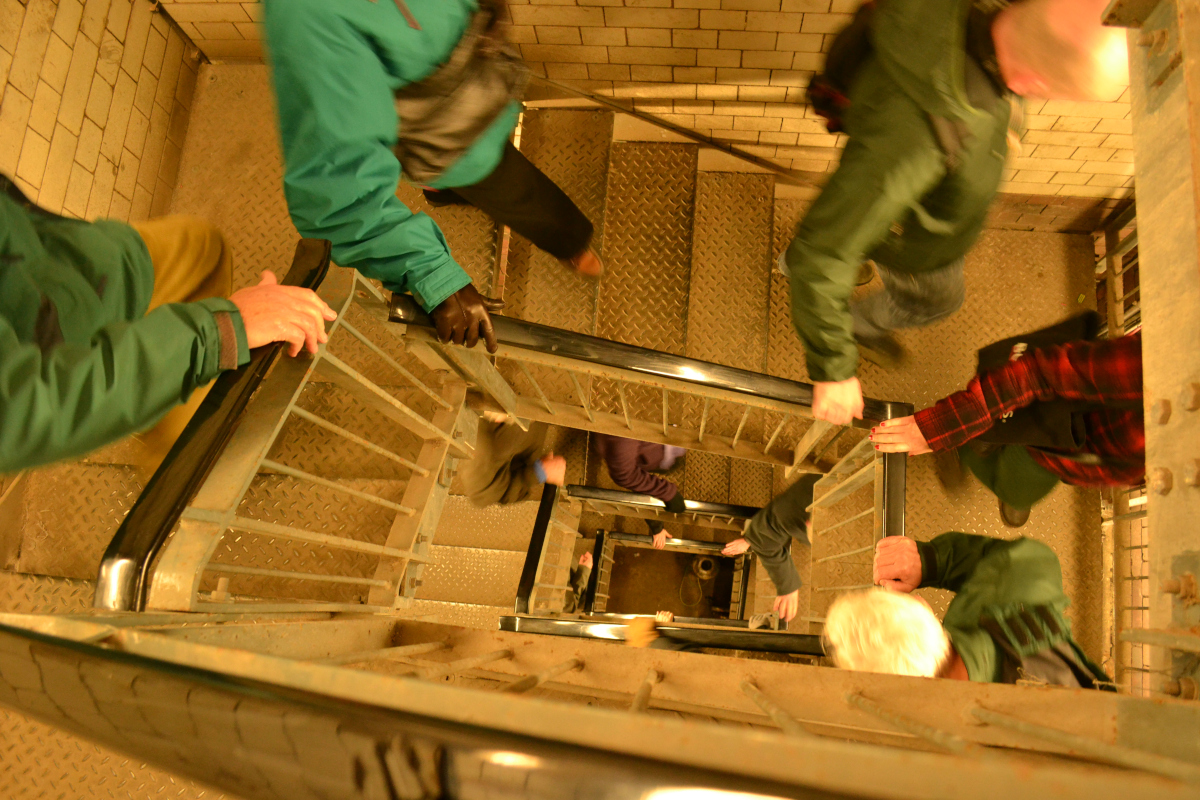
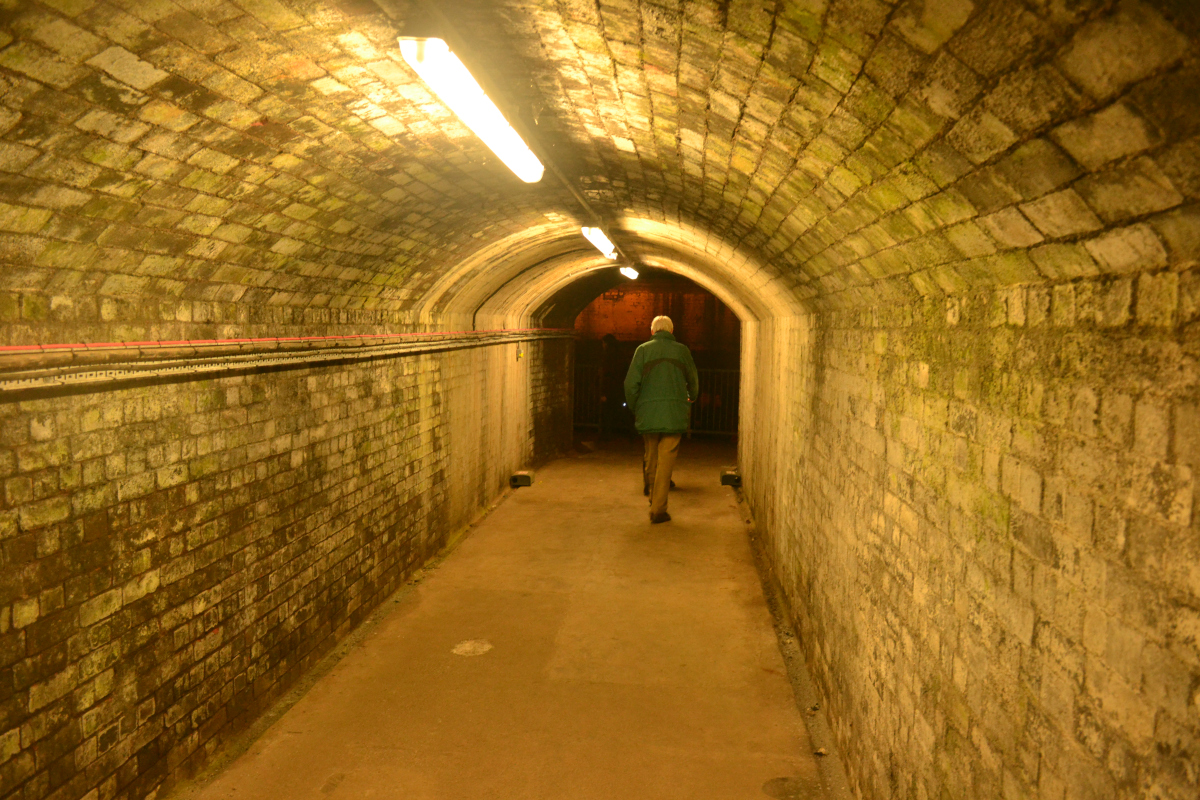
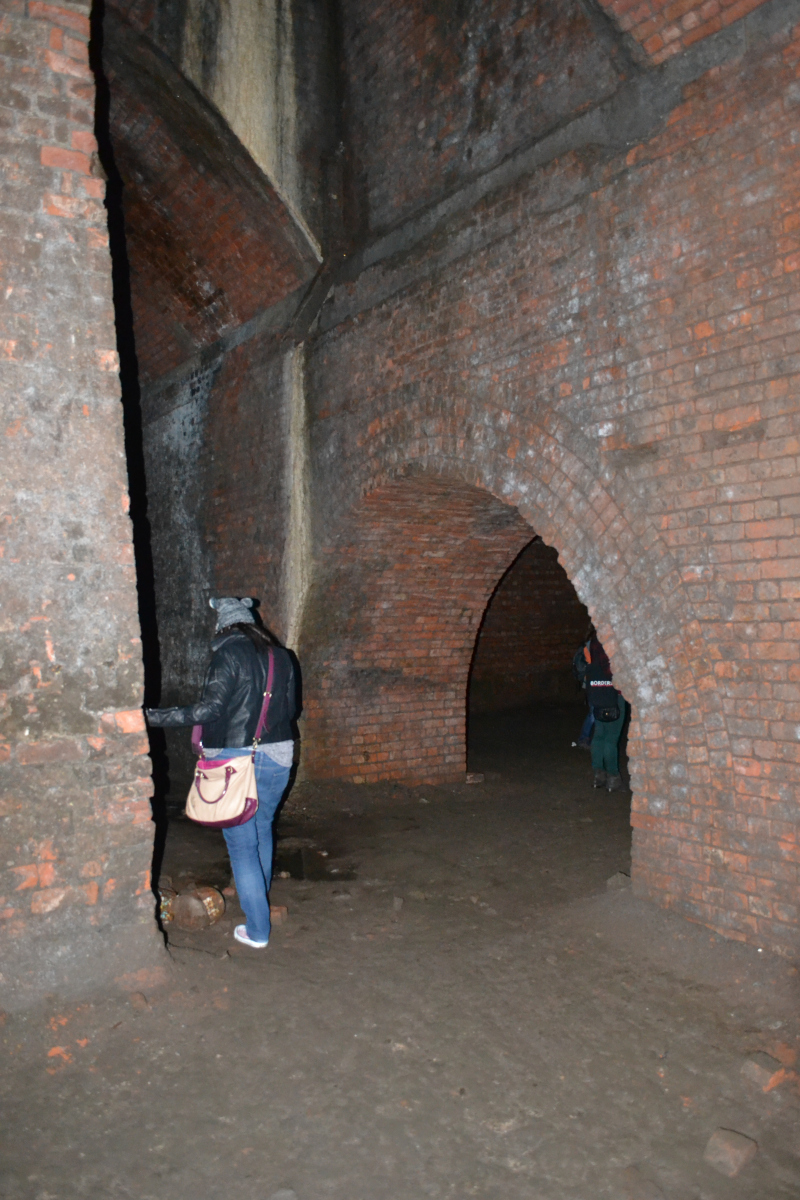
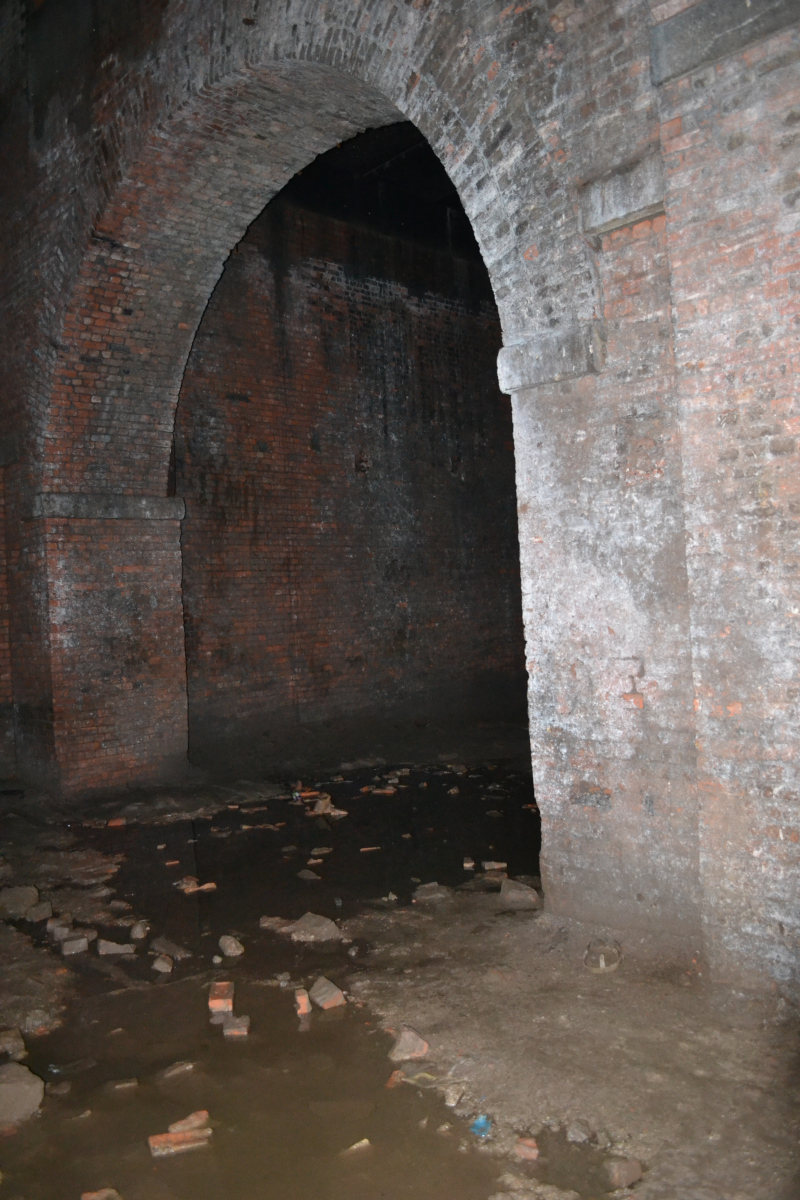
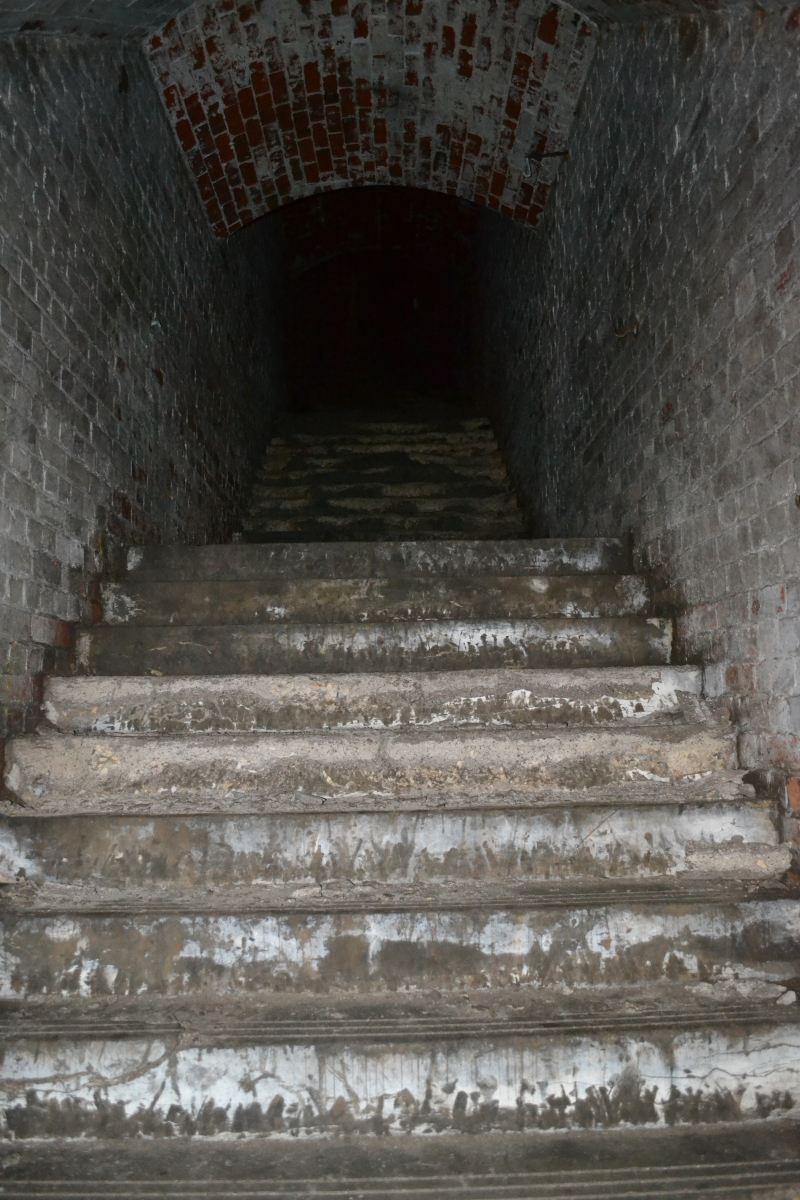
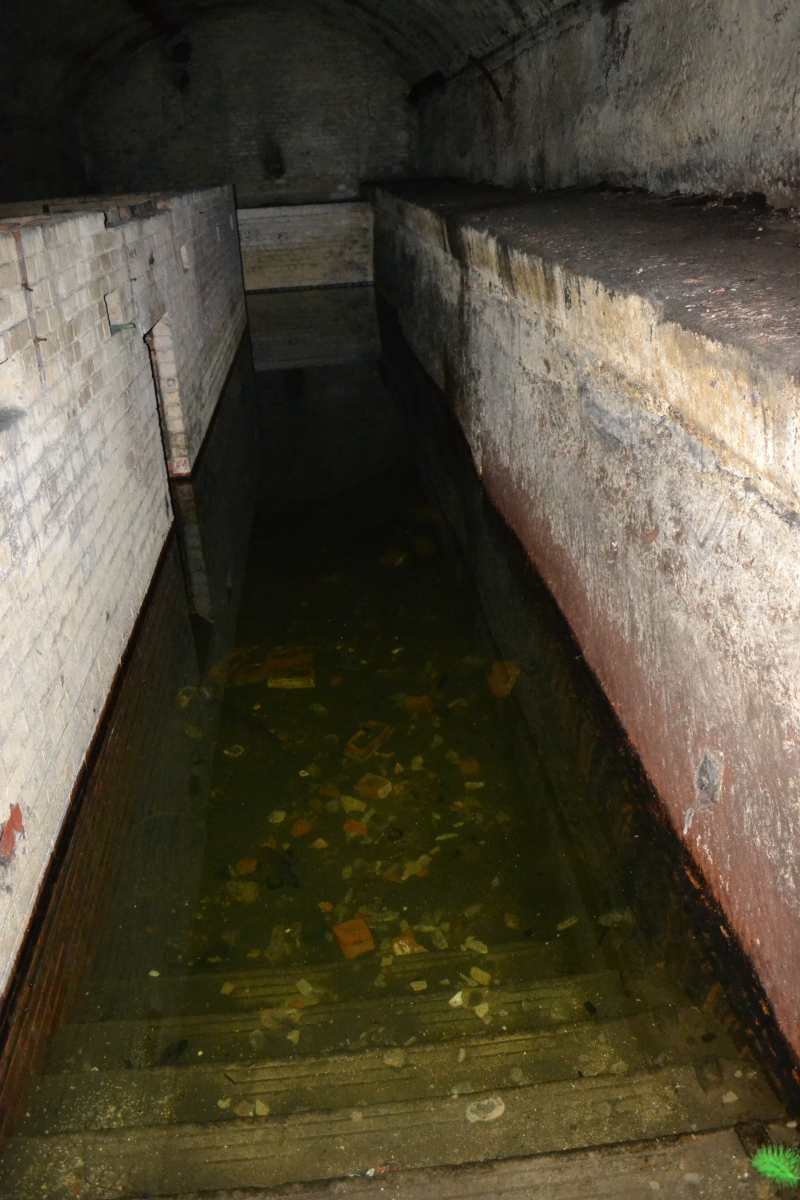
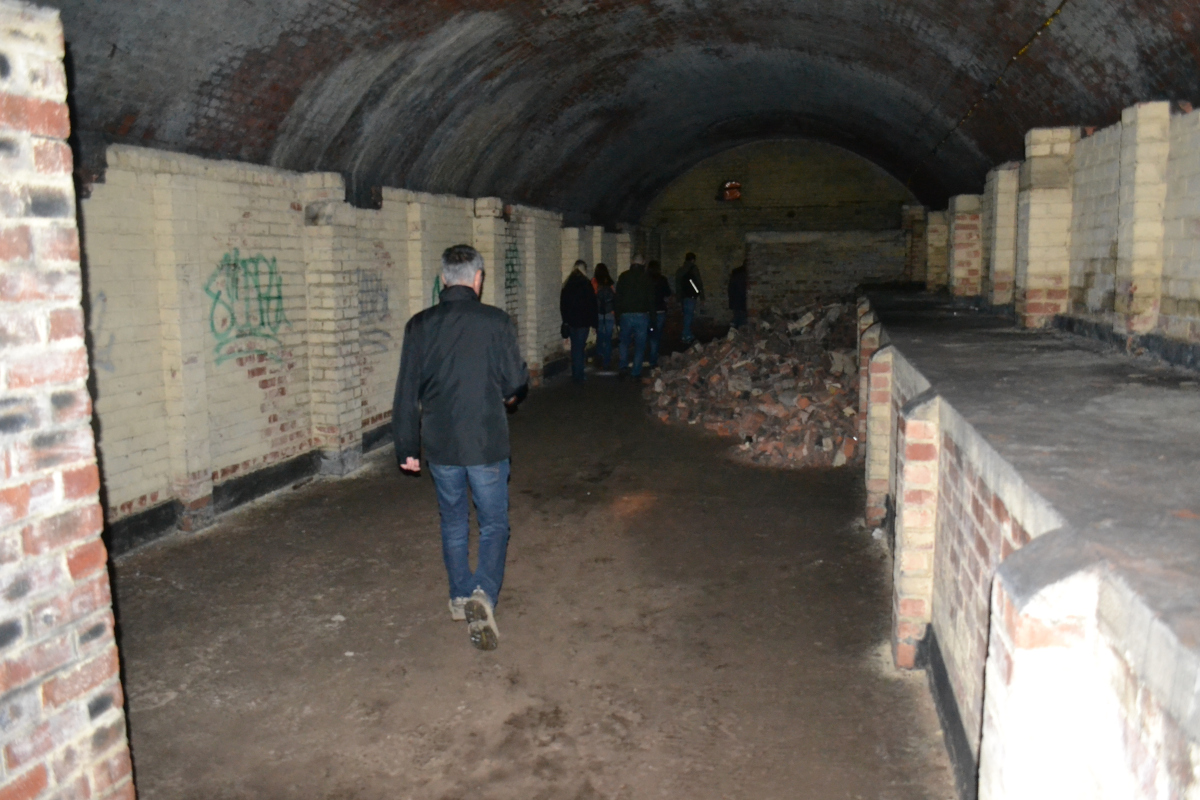
[…] first non-Scottish explore (apart from the Manchester underground tour). We ventured just over the border into England for this one, though it was still close enough to […]